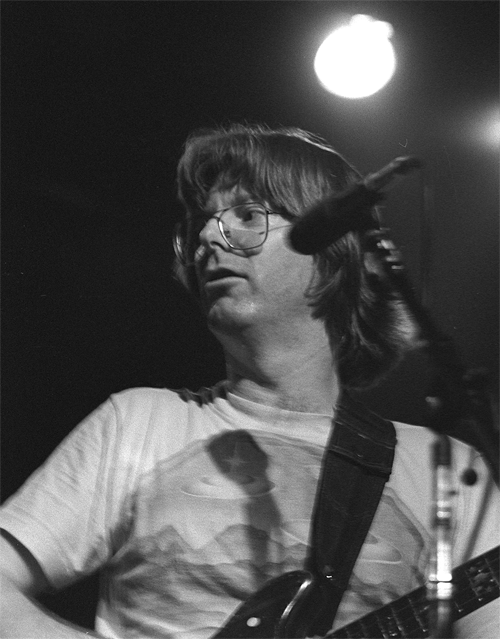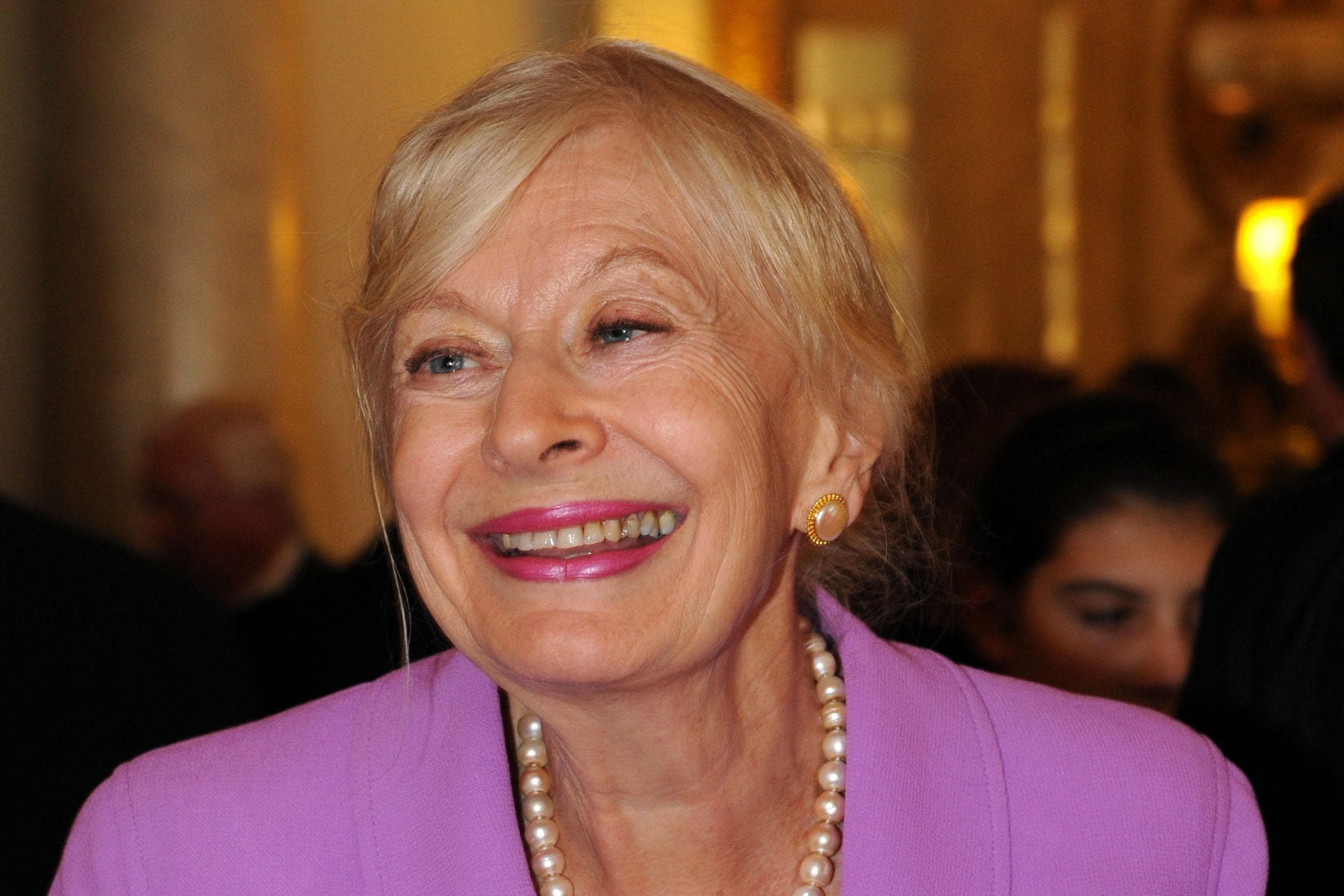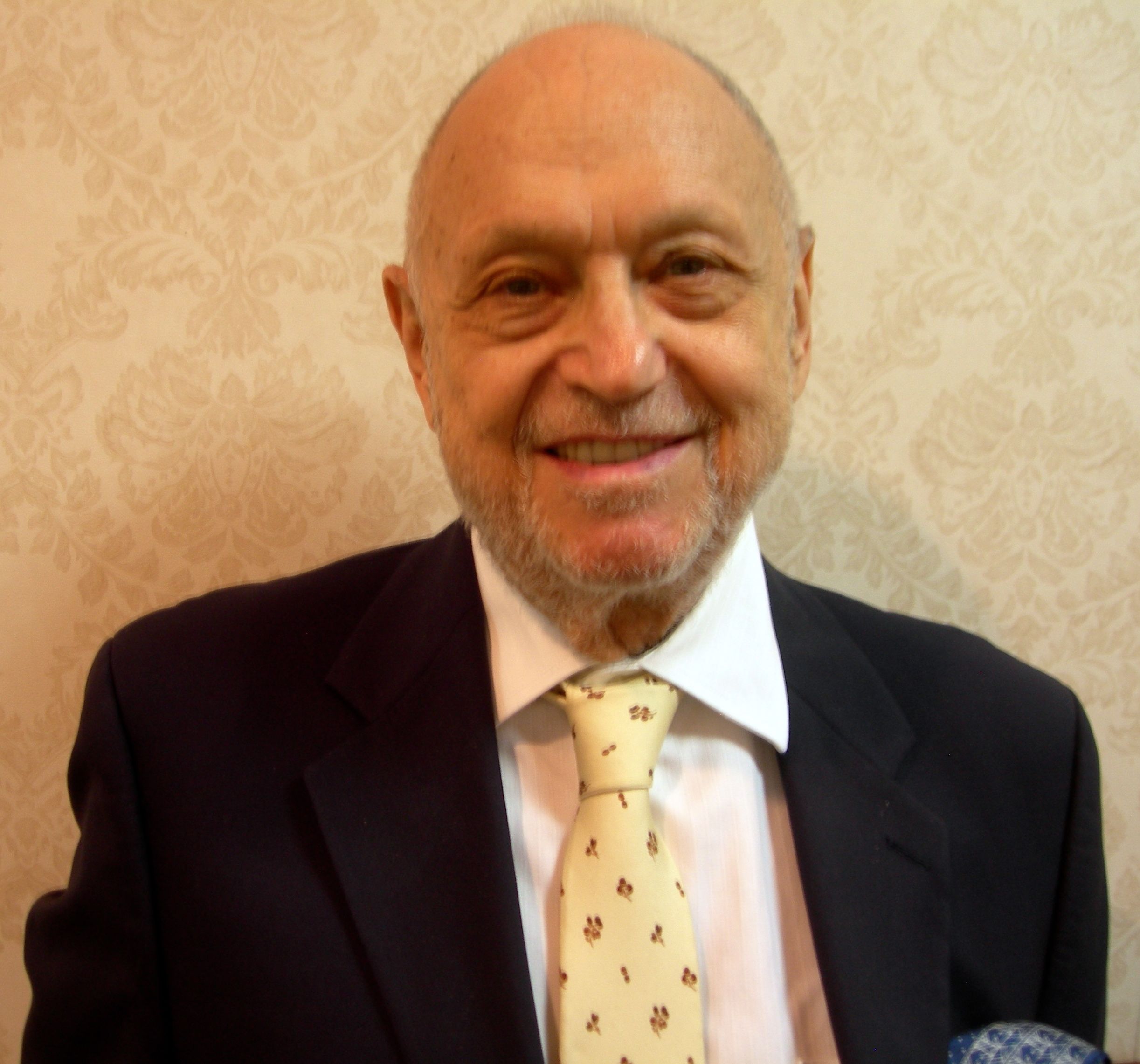
Phil Lesh, the visionary bassist and a founding pillar of the Grateful Dead, whose unconventional approach to music profoundly reshaped the landscape of rock and roll, passed away peacefully on October 25, 2024, at the age of 84. Surrounded by his loving family, Lesh leaves behind an immense legacy of music and love, a testament to a career that spanned more than half a century and captivated millions worldwide. His death marks the end of an era for countless fans and musicians who were touched by his unique artistry and the boundless improvisational spirit he instilled in one of America’s most iconic bands.
Lesh’s journey into music was anything but conventional, characterized by an intellectual curiosity and an embrace of avant-garde concepts that set him apart. His contributions transcended the traditional role of a bassist, transforming the instrument into a melodic and contrapuntal voice that wove intricate tapestries within the Grateful Dead’s sprawling soundscapes. From the band’s inception in 1965 through their final performances, Lesh was the anchoring force, a musical explorer who continuously pushed boundaries, influencing not only his bandmates but also countless artists who followed in his wake.
The widespread outpouring of grief and tribute from fellow musicians, critics, and a devoted global fanbase underscores the profound impact Lesh had on music and culture. His innovative spirit, coupled with a relentless pursuit of musical discovery, ensures that his work will continue to inspire and resonate, as his distinctive bass lines flow like a river, guiding listeners through previously unknown musical worlds. This article delves into the life and singular career of Phil Lesh, examining the pivotal moments and artistic decisions that forged his legendary status.
1. **Early Life and Classical Roots**Born Philip Chapman Lesh in Berkeley, California, on March 15, 1940, Phil Lesh’s musical education began early and was deeply rooted in classical traditions. He was the only child of Frank Lesh, an amateur piano player, and Barbra Chapman, and his father encouraged him to take up the violin at the tender age of eight. This early exposure to string instruments and formal music laid a foundational understanding of melody and structure that would later inform his groundbreaking bass playing.
As he progressed through his schooling, Lesh’s musical interests diversified. At El Cerrito High School in East Bay, he became a member of the school’s marching band, developing a sense of ensemble playing. During his time at Berkeley High School, he made a significant switch to the trumpet, an instrument he studied under the tutelage of Bob Hansen, the esteemed conductor of the symphonic Golden Gate Park Band. It was during this period that Lesh’s intellectual curiosity led him to explore avant-garde classical music and free jazz, genres that prized improvisation and harmonic complexity.
By his mid-teens, Lesh’s aspirations crystallized: inspired by the profound works of composers like Ludwig van Beethoven and Charles Ives, he decided that he wanted to be a composer. This ambition further propelled him into formal musical study. He enrolled at the College of San Mateo, where he honed his skills by writing arrangements for the community college’s big band and playing trumpet. His academic journey continued with a transfer to the University of California, Berkeley, in 1961, and a pivotal experience followed in 1962 when he studied under the Italian modernist Luciano Berio at Mills College, alongside future luminaries like Steve Reich and John Chowning. These extensive classical and avant-garde influences provided Lesh with a unique theoretical framework that would profoundly shape his later contributions to rock music.
Read more about: From Ancient Origins to Global Significance: A Comprehensive Journey Through the Enduring Legacy of the Letter ‘D’
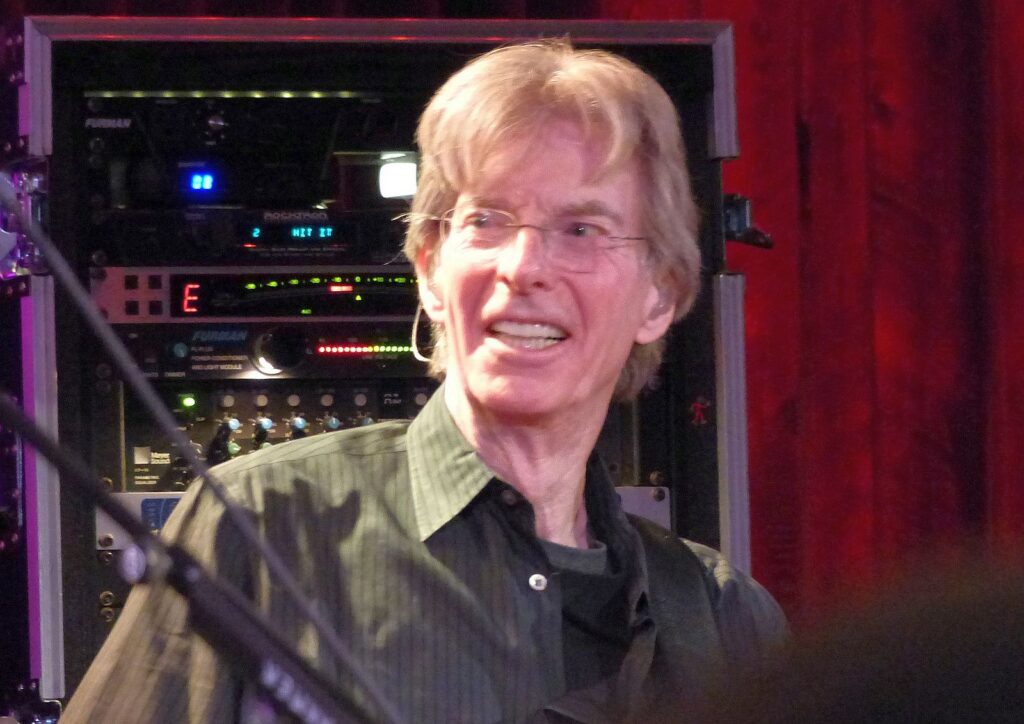
2. **Unexpected Entry to Bass Playing**Phil Lesh’s path to becoming a rock bassist was serendipitous and entirely unforeseen, especially given his classical background and compositional ambitions. While volunteering as a recording engineer for radio station KPFA, a role far removed from performance, he encountered Jerry Garcia, a bluegrass banjo player who would become his lifelong musical partner. Despite their initially disparate musical interests, Lesh invited Garcia to perform on the station’s ‘Midnight Special’ show, a meeting that quickly blossomed into a friendship.
Before his fateful immersion into rock and roll, Lesh briefly held a more mundane occupation, driving a service truck for the Post Office Department. However, his latent musical curiosity was rekindled in the spring of 1965 when he attended a concert by Garcia’s new band, then known as the Warlocks. Lesh was profoundly impressed by their sound and energy, a moment that proved to be a critical turning point in his life and the nascent history of the band.
Just weeks after seeing them play, Garcia extended an unexpected invitation to Lesh: to become the group’s bassist. This proposition was surprising, as Lesh had never before played a bass guitar. Nevertheless, he accepted the challenge, learning “on the job” and bringing to the instrument a mind unburdened by conventional rock bass techniques. According to Lesh, the very first song he rehearsed with the band was “I Know You Rider.” He joined them for what was reportedly their third or fourth gig, and from that moment, he remained with the group until its eventual conclusion, forever altering the sound and direction of what would soon become the Grateful Dead.
Read more about: The Unvarnished Truth: 15 Cars That Left Owners Fuming With Performance Failures and Reliability Nightmares
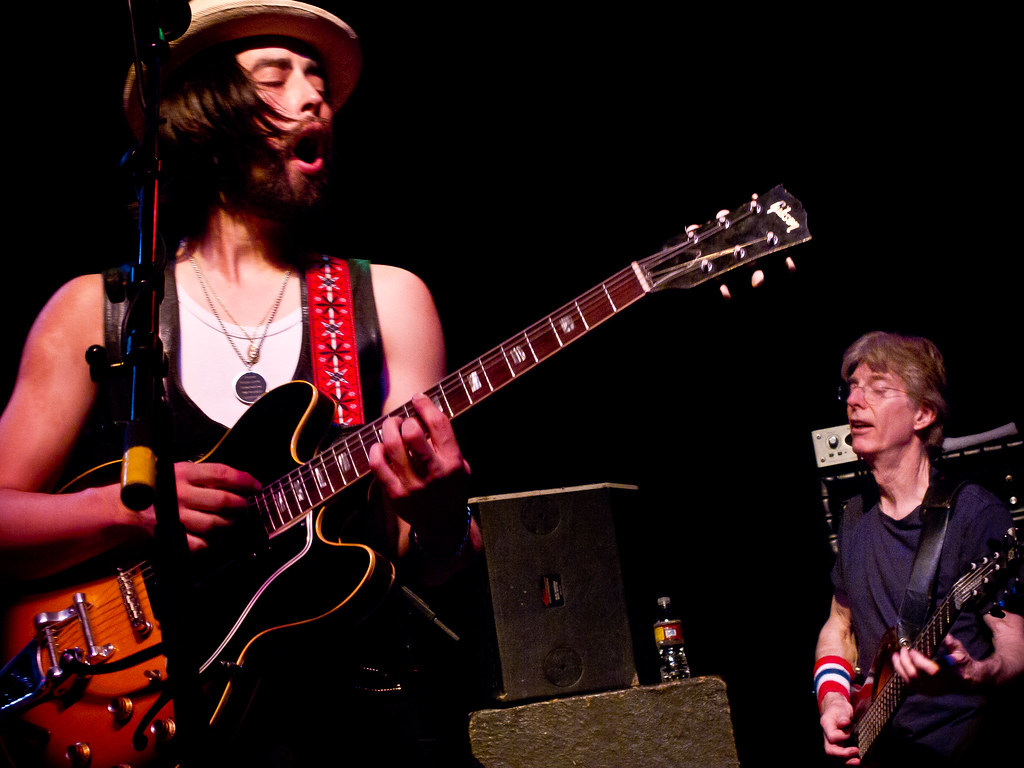
3. **The Grateful Dead’s Formation and Early Sound**Soon after Phil Lesh joined, the Warlocks underwent a pivotal transformation, changing their name to the Grateful Dead, a moniker that would become synonymous with an evolving, improvisational sound. In these nascent stages, the band quickly found themselves at the heart of the burgeoning counterculture, playing at Ken Kesey’s notorious Acid Test parties, at a time when LSD remained legal in California. This environment of free-spirited experimentation and mind-altering experiences deeply informed the band’s improvisational ethos and their commitment to pushing musical boundaries.
In late 1966, Lesh, along with the rest of the group, relocated to San Francisco, the epicenter of the psychedelic movement. There, they secured a recording deal with Warner Brothers, a significant step that propelled them onto larger stages. The band began playing at iconic venues such as The Fillmore and the Avalon Ballroom, where their distinctive sound started to captivate an ever-growing audience. Lesh’s approach to the bass, developed entirely “on the job” without any preconceived notions, proved to be a crucial element in forging this unique sound.
Unfettered by traditional bass playing techniques, Lesh was free to develop a style that was truly his own. He credited Jack Casady, the bassist in the influential San Francisco band Jefferson Airplane, as an inspiration for the direction his instincts were taking him. Furthermore, Lesh often stated that his playing style was influenced more by the intricate counterpoint of Johann Sebastian Bach than by the contemporaneous rock and soul bass players. He also acknowledged Jack Bruce of Cream as an influence. This blend of classical complexity, jazz improvisation, and raw rock energy laid the groundwork for the Grateful Dead’s unparalleled sonic identity.
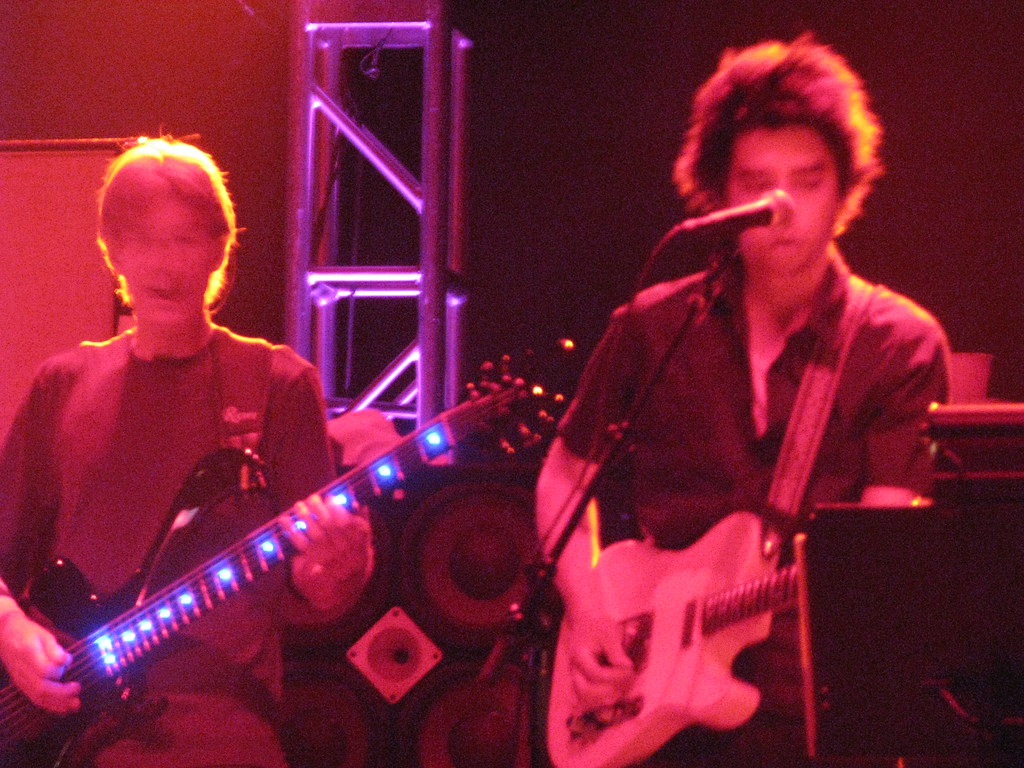
4. **Innovating the Electric Bass Role**Phil Lesh became a profound innovator in the evolving role of the electric bass during the mid-1960s, distinguishing himself from many of his peers. While contemporary bass players such as Jack Casady, Jack Bruce, James Jamerson, and Paul McCartney were also adopting more melodic and contrapuntal approaches to the instrument, Lesh pushed these boundaries further, forging a highly unique and influential style.
Prior to this period, bass players in rock had largely adhered to a conventional timekeeping role, primarily underpinning the song’s harmonic or chord structure and providing a rhythmic foundation. Lesh, however, transcended these limitations. While not entirely abandoning these fundamental elements, he embarked on his own improvised excursions during songs and, most notably, within the group’s lengthy improvised jams during live performances. His six-string bass would complement Jerry Garcia’s guitar solos with cascades of notes and intricate, unusual time signatures, creating a dynamic interplay that was revolutionary for its time.
This highly distinctive and often experimental approach to the bass became a characteristic and defining element of the “San Francisco Sound” in the new rock music. Lesh’s playing was not merely supportive; it was an integral, lead-like voice, participating in the melodic conversation and contributing equally to the improvisational exploration. His ability to navigate complex musical territories with fluidity and creativity solidified his reputation as a pioneering figure, inspiring generations of bassists to view their instrument as a vehicle for boundless musical expression.
Read more about: Scoop Up Success: How Digital Loyalty Programs Are Revolutionizing Ice Cream Shops for Year-Round Profitability
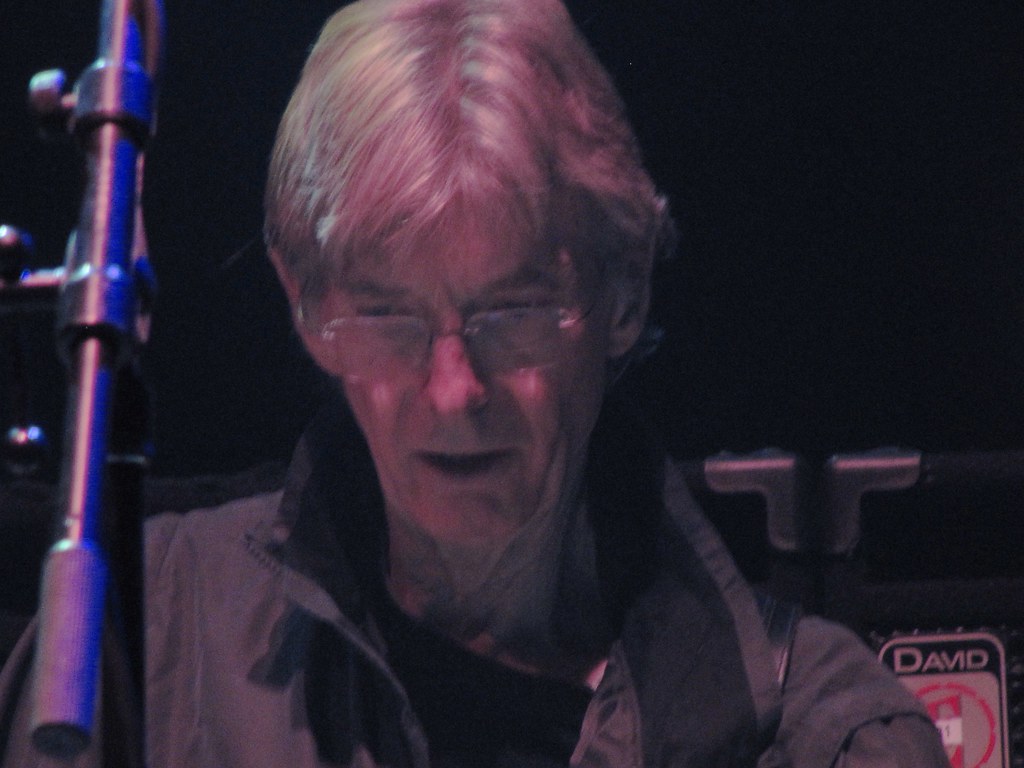
5. **Studio Challenges and Compositional Contributions**Early in the Grateful Dead’s career, Phil Lesh quickly grasped the sonic possibilities presented by recording in the studio, eager to translate the band’s expansive live sound into a recorded format. However, his experimental style and the band’s unconventional recording methods often led to considerable friction and complaints from their record label, Warner Bros. The pursuit of their unique sound, characterized by intricate layering and extensive improvisation, proved to be both creatively rewarding and financially taxing for the label.
Joe Smith of Warner Bros. famously articulated these frustrations in a letter concerning the cost overruns that had accumulated during the studio sessions for the band’s second album, ‘Anthem of the Sun’ (1968). In a particularly pointed remark, Smith singled out Lesh as “the catalyst for chaos within the band,” writing, “It’s apparent that nobody in your organization has enough influence over Phil Lesh to evoke anything resembling normal behavior.” This statement, while critical, inadvertently highlighted Lesh’s uncompromising artistic vision and his pivotal role in shaping the band’s experimental direction.
Despite his reputation as an improviser, Lesh was not a prolific composer or singer with the Grateful Dead, yet his contributions were significant and beloved. He penned the opening track on their iconic album ‘American Beauty,’ the poignant “Box of Rain,” a song that remains one of the band’s most cherished. Furthermore, he co-wrote several of the Grateful Dead’s best-known compositions, including the intricate “St Stephen,” the rhythmically complex “The Eleven,” and the cosmic “Dark Star,” all staples of their live repertoire. In the early days, his high tenor voice contributed to the Grateful Dead’s three-part harmony sections, though he largely relinquished singing high parts to Donna Godchaux (and later Brent Mydland and Vince Welnick) in 1974 due to vocal cord damage from improper singing technique. He later resumed singing lead vocals on songs closer to his natural vocal range in the early 1980s, demonstrating his versatility and enduring presence in the band’s vocal tapestry.
Read more about: Echoes of the Sixties: 14 Music Icons Who Rose to Stardom, Then Vanished Without a Trace – Or So We Thought
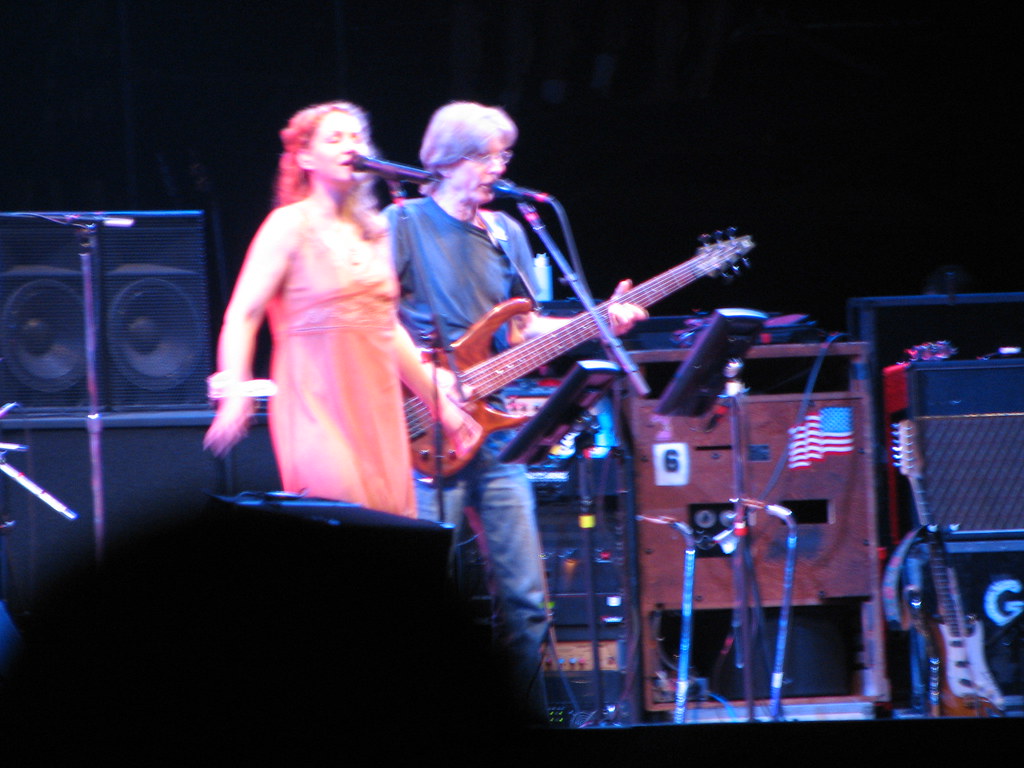
6. **Avant-Garde Influences on the Band**Phil Lesh’s deep immersion in avant-garde music was not merely a personal pursuit; it profoundly influenced the Grateful Dead’s collective sound and improvisational philosophy. He was instrumental in introducing his bandmates to the aural explorations of the legendary jazz saxophonist John Coltrane, an artist whose boundary-pushing approach to improvisation and harmony resonated deeply with Lesh’s own musical sensibilities. This introduction proved to be a watershed moment for the Grateful Dead, inspiring them to delve into more complex and free-form musical structures.
The impact of Coltrane’s influence, stimulated by Lesh, became audibly manifest in the band’s live performances. Thanks to the dedicated community of ‘Deadhead’ tapers, virtually every Grateful Dead show from 1972 or 1974 onwards was recorded, creating an invaluable archive. These recordings allow listeners to distinctly hear the Grateful Dead interpreting the musical innovations that Lesh fostered through Coltrane’s influence, showcasing the band’s growing comfort and mastery in extended, exploratory jams. Bob Weir himself posted, “Early on, he also introduced me (and us) to the wonders of modern classical music, with its textures and developments, which we soon tried our hands at incorporating into what we had to offer. This was all new to peoples’ ears.”
Throughout the Grateful Dead’s entire career, Lesh’s interest in jazz avant-garde music remained a crucial and guiding influence on the group’s evolving sound. He later broadened the band’s horizons further by introducing them to the works of composer Charles Ives. This particular influence fostered their remarkable ability to spontaneously transition from a discordant, experimental jam into a familiar blues or country song with seamless fluidity, a hallmark of their improvisational genius. In the three decades between 1965 and 1995, Lesh played in almost 2,500 concerts with the Grateful Dead, many of which lasted for up to six hours, each a testament to this spirit of continuous musical exploration he championed.
Read more about: Beyond the Legends: 14 Iconic ’60s Music Groups Who Burned Bright and Faded Fast
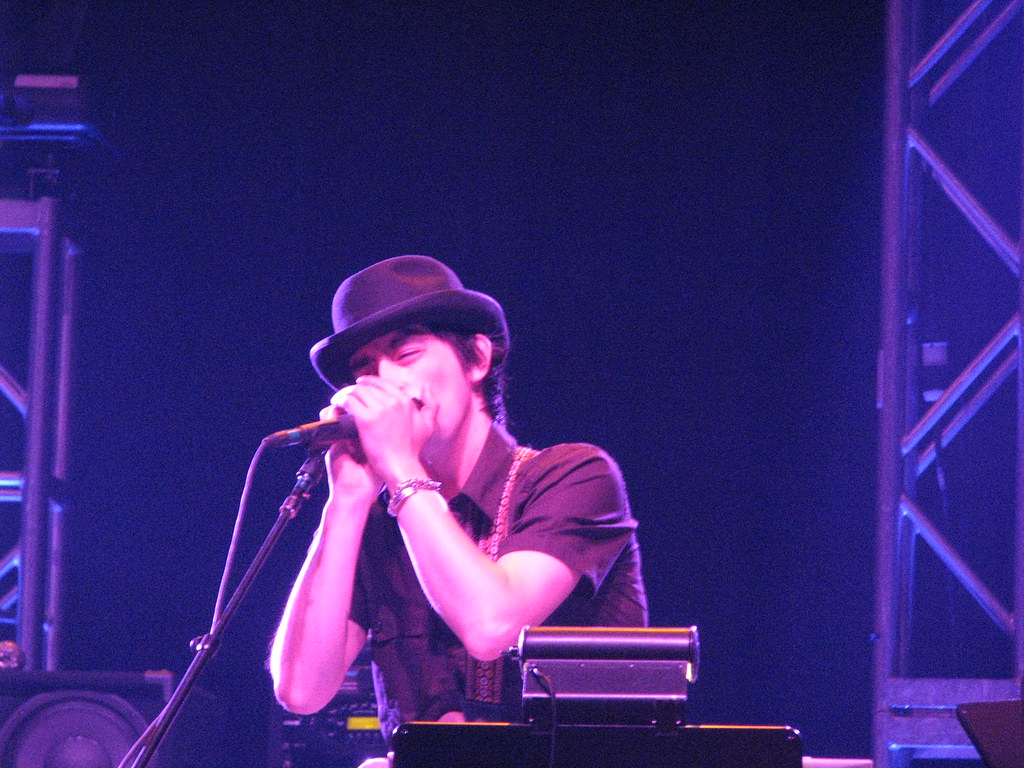
7. **The Wall of Sound**In a monumental undertaking that epitomized the Grateful Dead’s commitment to pushing technological and sonic boundaries, Phil Lesh collaborated extensively with Owsley “Bear” Stanley, the band’s onetime sound engineer and a figure synonymous with the psychedelic era, to design the legendary Wall of Sound. This wasn’t merely an amplification system; it was an enormous, custom-built sound reinforcement system designed to deliver unprecedented clarity and power to audiences in vast venues, a direct response to the limitations of existing concert sound technology.
The genesis of the Wall of Sound was a labor of love and meticulous engineering, requiring two years of problem-solving and planning. Its public debut was a landmark event, taking place at the Cow Palace in San Francisco on March 23, 1974. The system was truly revolutionary, featuring nine independent channels and a staggering array of 604 speakers, all driven by an impressive 26,400 watts of power. Towering forty feet high, it presented an imposing visual and sonic presence, allowing each instrument and vocal to be distinctly heard without muddying the overall sound.
Lesh himself vividly described the experience of playing through the system, comparing it to “piloting a flying saucer. Or riding your own sound wave.” This analogy perfectly captured the immersive and deeply interactive nature of the Wall of Sound, which allowed the musicians to hear themselves and each other with remarkable fidelity, further enhancing their improvisational capabilities. Beyond its technical innovation, the Wall of Sound also embodied the band’s philosophy of sound fidelity. According to Lesh, it was Owsley who persuasively encouraged the Dead to record every single one of their shows, emphasizing the absolute necessity of listening to these tapes, a practice that contributed immensely to their continuous musical development and self-analysis.”
Read more about: The Ultimate Reality Check: 15 Overrated Blockbusters That Made an Absolute Fortune
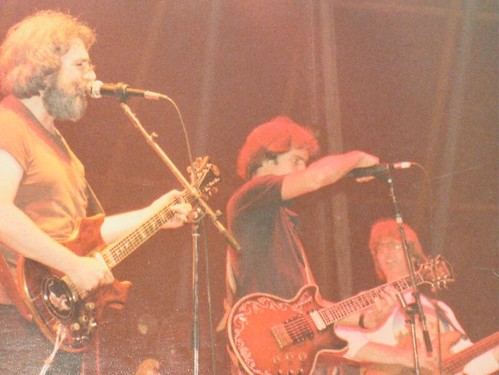
8. **Post-Grateful Dead Musical Ventures**Following the Grateful Dead’s disbandment in 1995, a consequence of Jerry Garcia’s passing, Phil Lesh did not retreat from the musical landscape. Instead, he dedicated himself to keeping the band’s rich musical tradition alive and evolving. He actively participated in several Grateful Dead offshoots, including The Other Ones and The Dead, ensuring that the spirit and repertoire of the legendary band continued to resonate with audiences, while also promoting the enduring “San Francisco hippy philosophy” that defined their era.
Simultaneously, Lesh cultivated his own distinct musical entity, Phil Lesh and Friends. This project became a flexible and dynamic platform for him to explore the Grateful Dead’s vast catalog, alongside new material, with a rotating cast of talented musicians. These collaborations allowed for fresh interpretations and continued improvisational excursions, maintaining the spontaneous and exploratory ethos that was a hallmark of his career. In 1999 and 2000, Lesh even co-headlined two tours with the iconic Bob Dylan, further demonstrating his adaptability and enduring appeal across musical genres.
His autobiography, *Searching for the Sound: My Life with the Grateful Dead*, published in 2005, offered fans a deeply personal account of his journey, providing invaluable insights into his musical philosophy and experiences. The book solidified his narrative as a vital chronicler of one of rock’s most unique stories, reflecting on his profound influence on the band’s sound and his perspectives on its lasting legacy. This period underscored Lesh’s commitment not only to performing but also to preserving and reflecting on the cultural phenomenon he helped create.
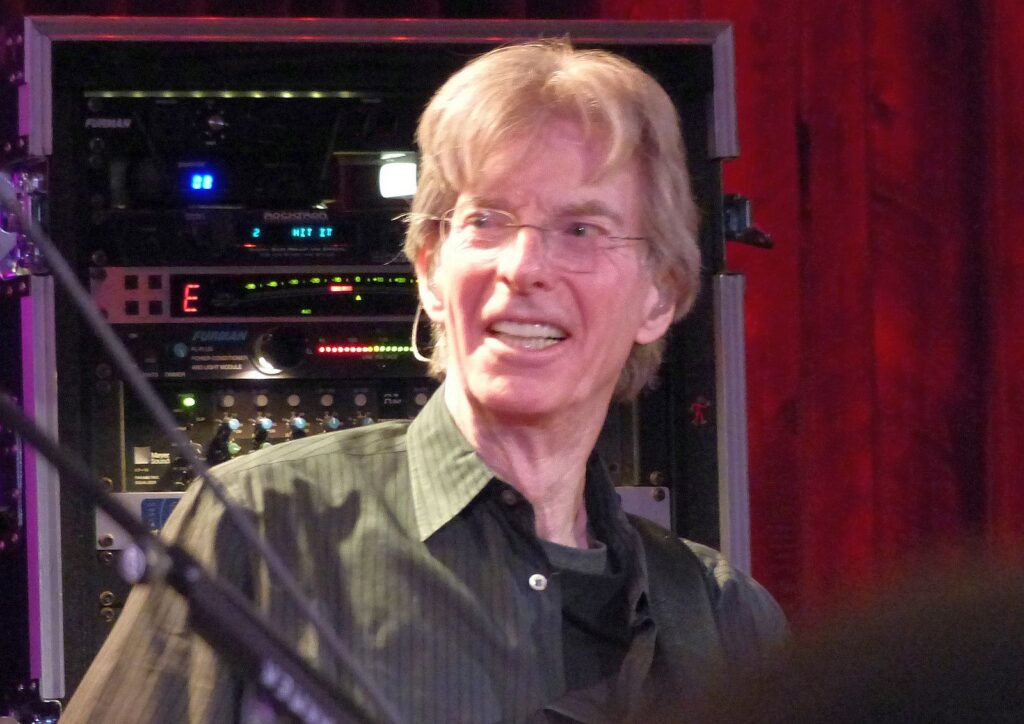
9. **Terrapin Crossroads and Further Explorations**Lesh’s post-Grateful Dead career also saw him venture into new projects, including the formation of Furthur in 2009 with fellow Grateful Dead bandmate Bob Weir. This new ensemble debuted in September 2009, offering another avenue for the surviving members to perform the Grateful Dead’s music and continue their improvisational explorations for a dedicated fanbase. Their work in Furthur continued to draw large crowds, proving the enduring power and popularity of their shared musical heritage.
A significant undertaking in Lesh’s later years was the establishment of Terrapin Crossroads in San Rafael, California, a music venue he founded in 2012. The venue officially opened on March 8, 2012, with a series of twelve concerts by Phil Lesh and Friends. Terrapin Crossroads became more than just a performance space; it was a community hub where Lesh, often accompanied by his sons, Grahame and Brian — both accomplished musicians — would perform not only Grateful Dead material but also songs by contemporary artists like Mumford & Sons and the Zac Brown Band, showcasing his eclectic tastes and mentorship.
While Furthur disbanded in early 2014, Lesh, at age 74, gradually scaled back his full-time touring commitments. However, he continued to perform regularly at Terrapin Crossroads with various Phil Lesh and Friends lineups and the Terrapin Family Band. He also played select shows at venues across the United States, including the Capitol Theatre in Port Chester, New York, and at various festivals, demonstrating his continued passion for live music. Terrapin Crossroads, a testament to his vision of a musical sanctuary, ultimately closed in November 2021 when its lease expired.
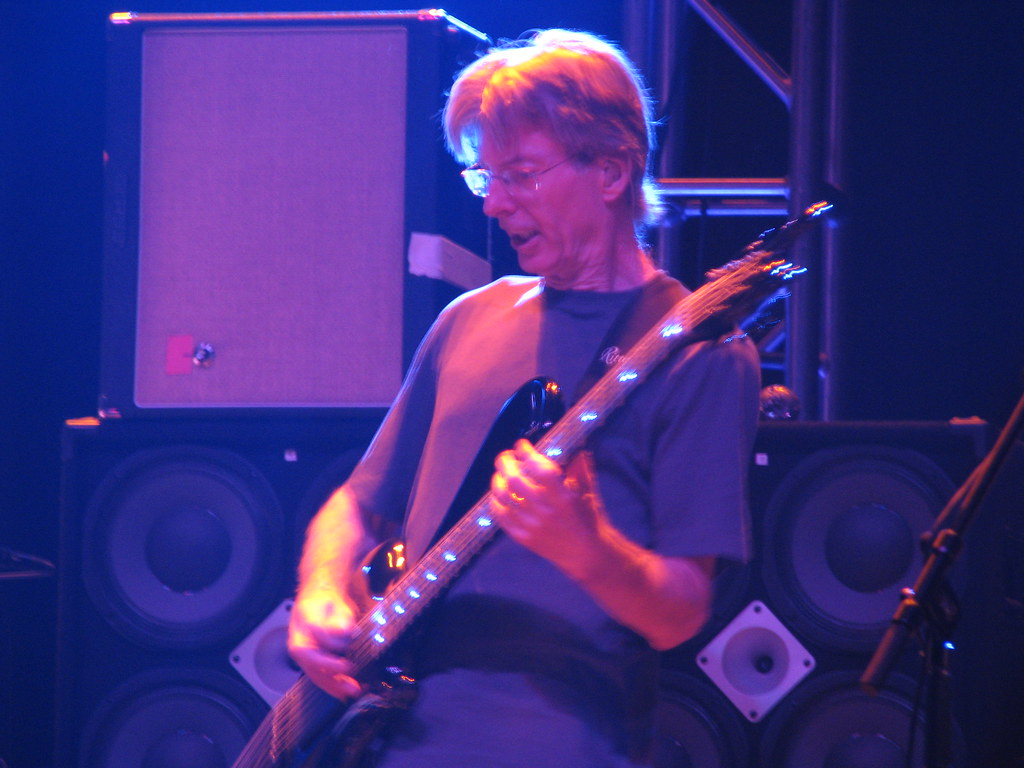
10. **Lifelong Advocacy for Organ Donation**Phil Lesh’s personal health struggles profoundly shaped his advocacy efforts, transforming him into a vocal champion for organ donation. In 1998, he underwent a life-saving liver transplant, a direct result of a chronic hepatitis C infection. This deeply personal experience gave him a profound appreciation for the gift of life and the generosity of organ donors.
The donor, a man named Cody, had expressed his wish to be an organ donor to his mother six months before his passing. This act of selfless giving inspired Lesh to dedicate a significant portion of his public life to encouraging others to follow suit. At every one of his live concerts from 1999 onwards, Lesh engaged with his audience in what became affectionately known as “The Rap,” a heartfelt plea for them to consider becoming organ donors.
He would often share Cody’s story, emphasizing the simple yet powerful act of communicating one’s wishes to loved ones. “I’m only alive today because a man named Cody decided he wanted to be an organ donor,” Lesh once told a crowd in 2015, highlighting how Cody made his wishes known to someone he loved. This advocacy became an integral part of his performances, a testament to his belief that music could not only entertain but also inspire vital, life-saving actions within the community.
Read more about: Angelina Jolie: Tracing a Global Icon’s Evolution from Cinematic Stardom to Profound Humanitarian Engagement
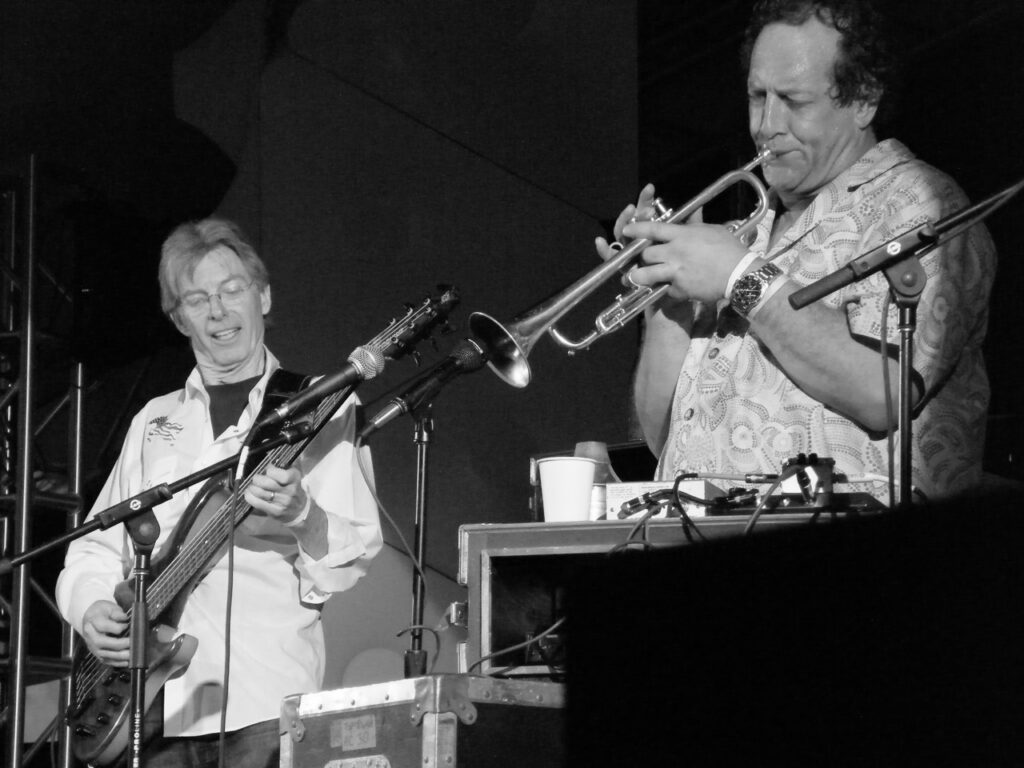
11. **Health Challenges and Resilience**Beyond his liver transplant, Phil Lesh confronted a series of significant health battles throughout his later years, facing each with a resilient spirit. In October 2006, he publicly announced on his official website that he had been diagnosed with prostate cancer, the same disease that had claimed his father’s life. He subsequently underwent an operation in December of that year, and on December 7, 2006, he reported that the surgery had been successful and the cancer had been removed, offering a sigh of relief to his many fans worldwide.
His health challenges resurfaced in October 2015 when Lesh announced he had undergone surgery for bladder cancer. Despite the gravity of the diagnosis, he maintained a positive outlook, stating that his prognosis was good and that he anticipated a full recovery. These public disclosures not only kept his devoted fanbase informed but also further underscored his message of perseverance and the importance of health awareness.
In August 2019, Lesh faced another medical setback, announcing that he would need to undergo back surgery. This required him and his band to cancel several scheduled engagements at prominent music festivals, including the Outlaw Music Festival, Telluride Blues & Brews Festival, and Dirt Farmers Festival. Once again, his team expressed confidence in his recovery, stating that a full and complete recuperation was expected, reflecting his enduring determination to return to the stage and continue his musical journey.
Read more about: When the Spotlight Faded: The Shocking Stories of 14 Iconic Female Stars Blacklisted in Hollywood
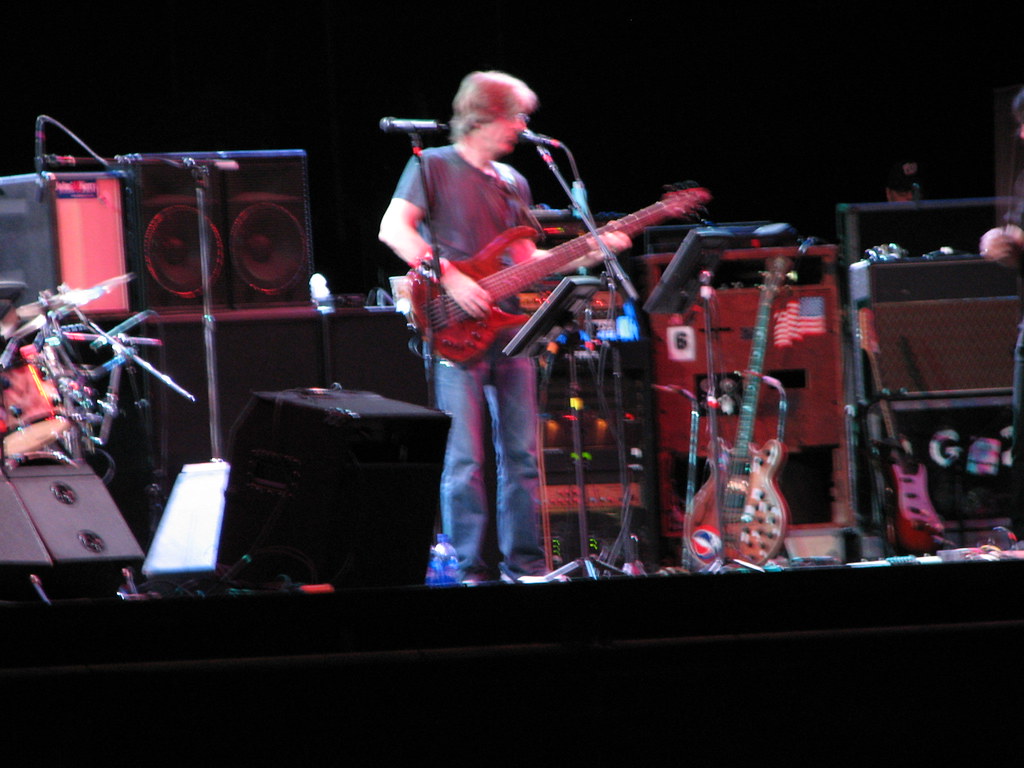
12. **Enduring Musical Legacy and Recognition**Phil Lesh’s profound influence on music was recognized early in his career and continued to garner accolades throughout his life and after. In 1994, he was deservedly inducted into The Rock and Roll Hall of Fame as a foundational member of the Grateful Dead, cementing his place in the pantheon of rock legends. This honor acknowledged his innovative bass playing and his role in shaping one of the most unique and enduring sounds in popular music history.
His mastery of the electric bass was further affirmed in 2020 when *Rolling Stone* magazine ranked him as the 11th greatest bass player of all time. This high ranking underscored his distinctive style, which combined classical counterpoint with avant-garde jazz improvisation, creating a melodic and exploratory approach that redefined the instrument’s role in rock and roll. His ability to weave intricate lines and unusual time signatures within the Grateful Dead’s sprawling soundscapes set a new standard for bassists.
The widespread outpouring of tributes following his death underscored the depth of his impact. Bob Weir, Lesh’s longtime bandmate, remarked on Lesh’s early introduction of modern classical music, stating, “This was all new to peoples’ ears. Igor Stravinsky’s work wasn’t news to me at that point, but what he did and how he did it were ongoing topics of discussion for Phil and I – and boy, did I ever grow.” This statement from Weir highlights Lesh’s role as a perpetual musical educator and explorer within the band, continuously broadening their collective sonic horizons.
Read more about: From Ancient Origins to Global Significance: A Comprehensive Journey Through the Enduring Legacy of the Letter ‘D’
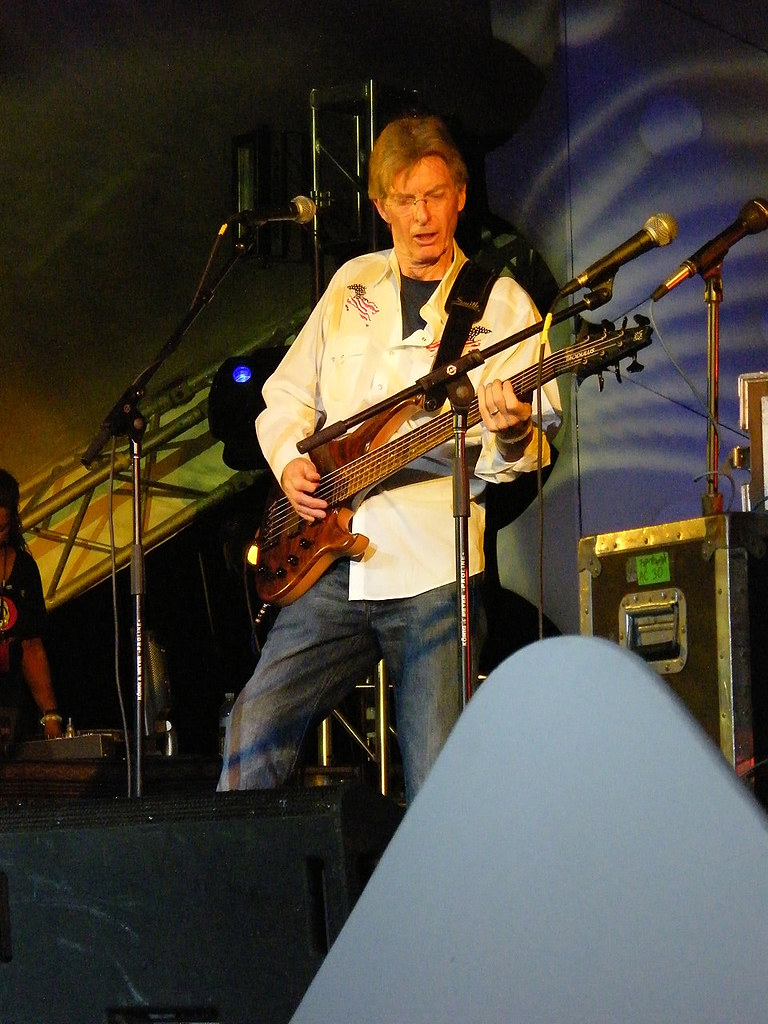
13. **A Deep Connection with Fellow Musicians and the “Group Mind”**Other Grateful Dead members also reflected on Lesh’s profound influence. Founding drummer Bill Kreutzmann credited Lesh with introducing him to John Coltrane, saying, “Back in the early days of our friendship, he wasn’t just like a brother to me – he was like an older brother. A roommate. A bandmate. A mentor.” Mickey Hart, the band’s second drummer, described Lesh as “an improvisationalist” who “taught me, all of us,” emphasizing Lesh’s ability to fill his brain “with waves of bass” and create “something that cannot be defined in words.” The official accounts for Jerry Garcia, who passed in 1995, also paid tribute, noting how Lesh’s “life’s work is a beacon for all of humanity.”
The ripple effect of Lesh’s influence extended to subsequent generations of musicians, notably members of the band Phish. Trey Anastasio, Phish’s guitarist, recalled how Lesh “transformed how I thought about music as a teenager,” cherishing memories of Lesh’s “winding, eloquent bass lines blending seamlessly with Jerry and Bobby’s guitars.” Anastasio further lauded Lesh as “a truly kind and wonderful man” after playing with him, reflecting the personal warmth and mentorship Lesh offered.
Phish bassist Mike Gordon echoed these sentiments, calling Lesh “a profound influence on all of us.” Gordon particularly admired Lesh’s “beautiful and unprecedented” tone, noting that Lesh himself believed the Grateful Dead’s music would endure “for centuries.” This perspective speaks to Lesh’s understanding of the timeless quality of their improvisational art and the “greater personality of the group mind” that emerged during their live performances, a concept he often articulated as a channeling of another reality into musical thought.
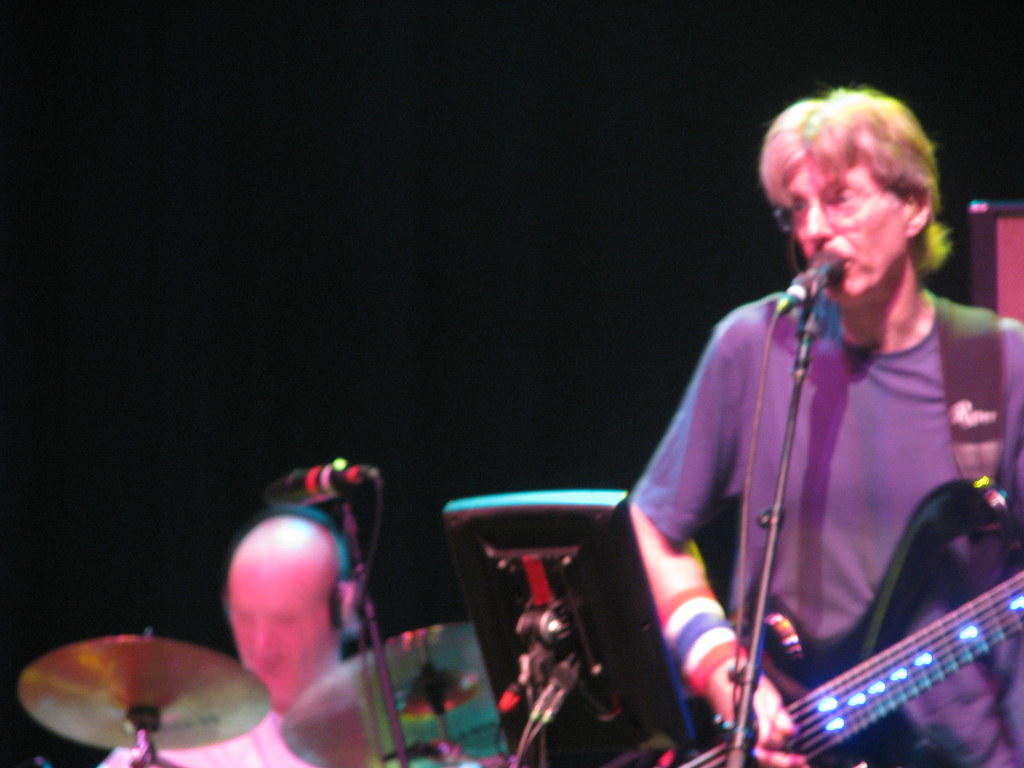
14. **The Enduring Philosophy of “Playing in the Band”**Phil Lesh’s philosophical insights into music and the unique relationship between the Grateful Dead and its audience have left an indelible mark. He famously articulated the band’s dynamic in his introduction to the book *Playing in the Band*, asserting, “When the Grateful Dead is happening, it happens to everyone in attendance, band and audience. So in a sense, we’re all playing in the band.” This statement captures the participatory spirit of their concerts, where the energy and creativity flowed symbiotically between performers and listeners, creating a collective, immersive experience.
This metaphor extended beyond mere entertainment, becoming a broader commentary on human collaboration. Lesh invoked Benjamin Franklin’s adage about “hanging together or hanging separately,” suggesting that the Grateful Dead’s communal approach to music was a model for humanity itself. He firmly believed that the Grateful Dead was “more than music,” fundamentally rooted in the profound act of shared creation and connection that defined their live performances, often lasting for up to six hours and showcasing continuous musical exploration.
Lesh often reflected on the band’s legacy, expressing his hope that their music would inspire “a certain open-mindedness among musicians, a willingness to take risks, a willingness to experiment. A willingness to juxtapose disparate elements.” This aspiration encapsulates his lifelong dedication to musical innovation and boundary-pushing. His vision ensured that the Grateful Dead’s unique improvisational methods and their deep connection with their audience would not only endure but also continue to inspire new generations to explore the boundless possibilities of collective musical expression.
Phil Lesh’s passing on October 25, 2024, at the age of 84, brought an era of unparalleled musical innovation to a close. Yet, his legacy is not merely one of performance but of profound inquiry into the nature of sound, community, and the human spirit. The tributes from fellow musicians, the ongoing recognition from institutions like the Kennedy Center and MusiCares, and the enduring passion of Deadheads worldwide attest to a life lived in full pursuit of artistic and human connection. Lesh leaves behind a colossal catalog of music, a pioneering spirit, and a philosophical framework that continues to invite all to step into the flow, to explore unknown musical worlds, and, indeed, to keep playing in the band.”

